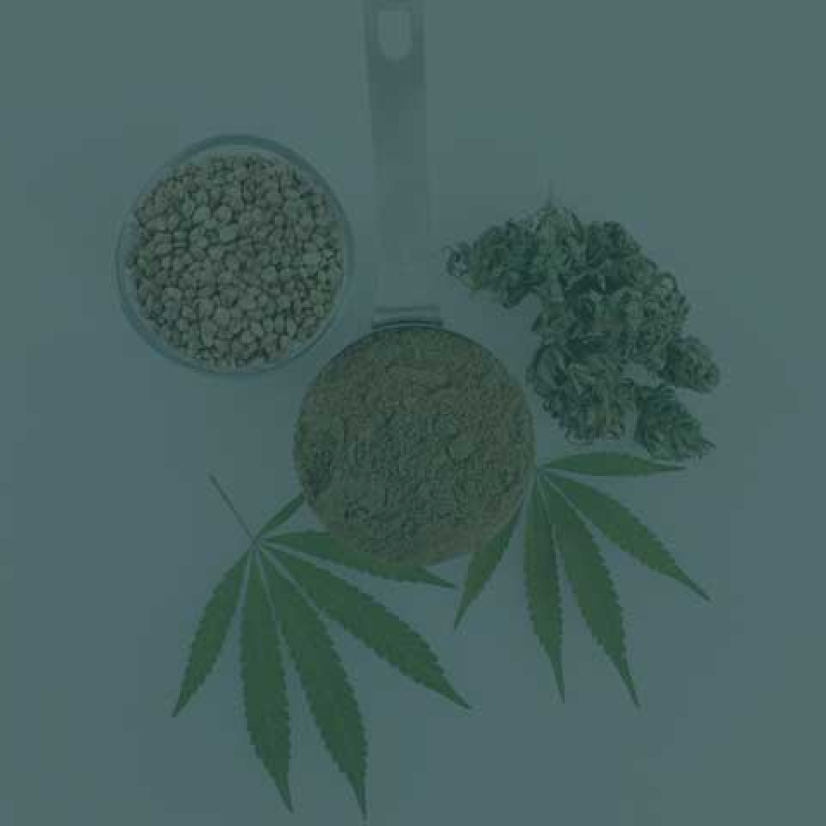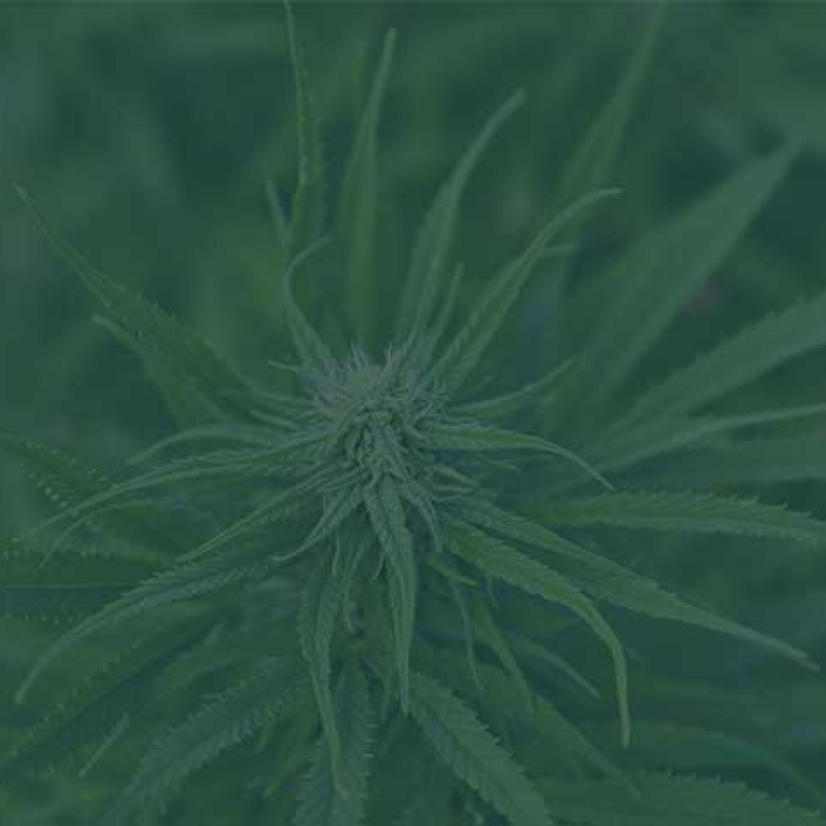Nature’s Perfect...
Why Hemp Oil Is the Most Balanced Plant-Based Omega Source When it comes to plant-based nutrition, balance is everything....
| Benefit | Explanation |
|---|---|
| High Carbon Content | Balances out nitrogen-rich materials in compost piles |
| Improves Soil Structure | Promotes aeration and moisture retention |
| Slows Decomposition | Adding bulk fiber drives gradual nutrient release |
Shred Before Composting: Smaller pieces (<4") increase surface area and speed up decomposition.
Check Moisture: Damp but not wet—ideal humidity supports microbial activity.
Layering: Alternate shredded hemp fiber with green materials (food scraps, grass clippings) in a ratio of ~2:1 carbon to nitrogen.
Aeration: Turn the pile weekly to incorporate oxygen.
Moisture Monitoring: Keep it as damp as a wrung-out sponge.
Maturation: After ~8–12 weeks, the compost should look dark and crumbly; fibers should be well-integrated and unrecognizable.
Soil Amendment: Mix 1–2 inches into garden beds for nutrient-rich topsoil.
Mulch or Top-Dressing: Spread a thin layer around plants—it suppresses weeds and retains moisture.
Potting Mix Additive: Combine compost with mineral-rich materials for homemade potting blends.
Heat the Compost: If hot composting, aim for 130–160 °F to decompose fibers efficiently.
Balance the Mix: Hemp is mostly carbon—combine it with nitrogen sources to avoid a slow rot.
Be Patient: Larger fibers decompose slowly; allow extra time for full breakdown.
Unlike wood chips, hemp fibers decompose faster and add usable organic matter.
Compared to commercial compost, hemp fiber helps build bulk and structure more effectively.
Hemp fiber composting turns a byproduct into a valuable resource. It supports soil health, promotes sustainable agriculture, and aligns with eco-conscious practices. Contact Sales@laktownmills.com for pricing on fiber and hurd products.

